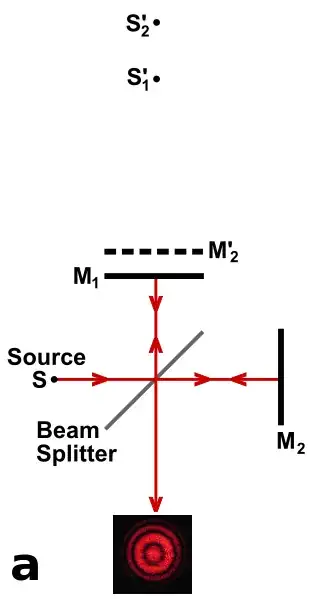Consider a standard Michelson Interferometer (I took the picture from http://en.wikipedia.org/wiki/Interferometer)

The incident beam is split into two parts, where the two parts travel on different paths to the screen. If the paths are of different length and the incident wave is a spherical one, one sees the interference ring pattern at the detector. I now have three questions:
1.) What happens if the path lengths are exactly identical. Do I then still see the interference pattern?
2.) How does the patter on the screen change if I then slowly change one of the path lengths?
3.) What happens if I use plane waves instead of spherical ones? If the difference between the two paths corresponds to a phase difference of $\Delta \phi= \pi$ do the plane waves cancel out at the screen?